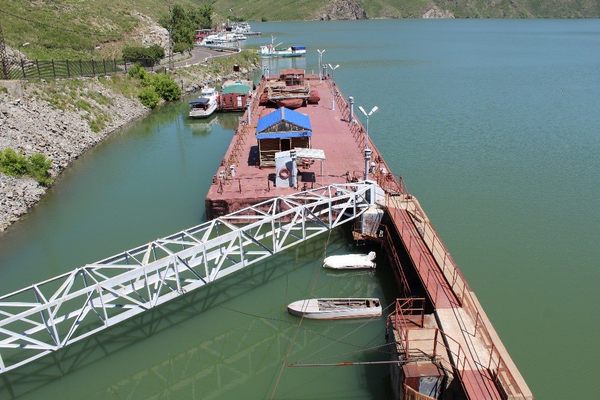About
The Augustów Canal, which straddles Poland and Belarus, was constructed in the first half of the 19th century to connect the Black Sea to the Baltic. It provided a crucial link in a chain of continuous, navigable waterways.
An extraordinary feat of hydraulic engineering at the time of its construction, the canal is included in the tentative UNESCO World Heritage list. With a total length of 63 miles (101 kilometers), 13 miles (about 21. kilometers) of which are in the Republic of Belarus, it connects 11 rivers and seven lakes.
But though the canal's construction was an impressive engineering endeavor, its glory days were short-lived. The rapid development of railroads in the latter half of the 19th century rendered the waterway obsolete.
The project was abandoned, even as it neared completion, on the last section of waterways in Poland. After lying largely in disuse for more than a century and suffering significant damage during the World Wars, the stretch lying in Belarus has been restored and is now being developed as a unique tourist attraction. The Belarusian section of the canal flows through a vast tract of virgin forest known for its untrammeled natural beauty.
Related Tags
Know Before You Go
Visitors on the Belarusian side can take an hour-long cruise on the “Neman,” crossing the lock gates in Dombrovka. Kayaking and canoeing are popular.
It is now possible to cross the international border at Poland on a boat. Trout and grayling are, apparently, plentiful in these waters, making fishing a worthwhile pastime!
There are hiking and biking trails through the forest and at least two restaurants on the water front. Except for a few clearings, the shoreline is densely wooded; a unique ecosystem, supporting a rich variety of flora and fauna.
Published
February 20, 2019




























